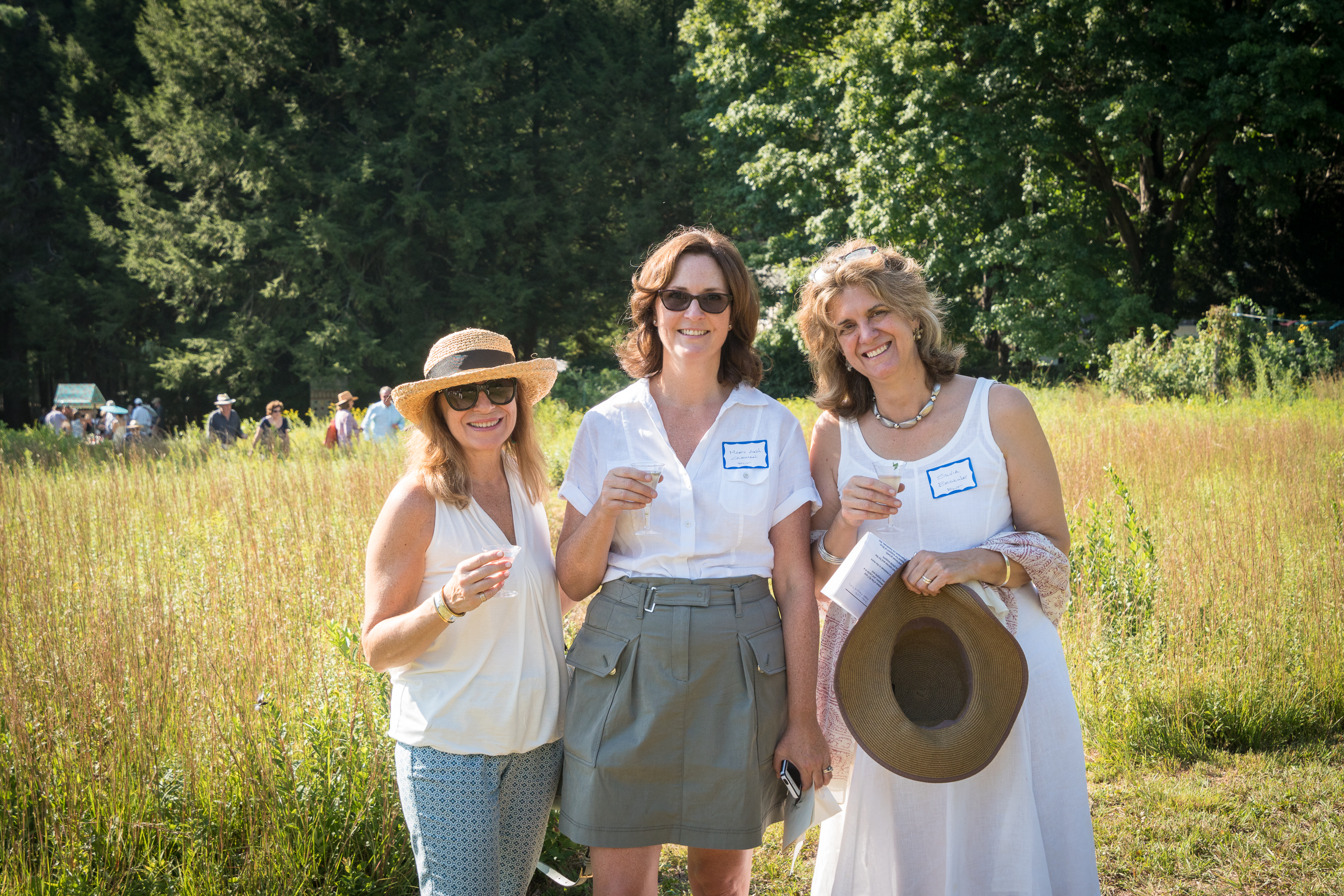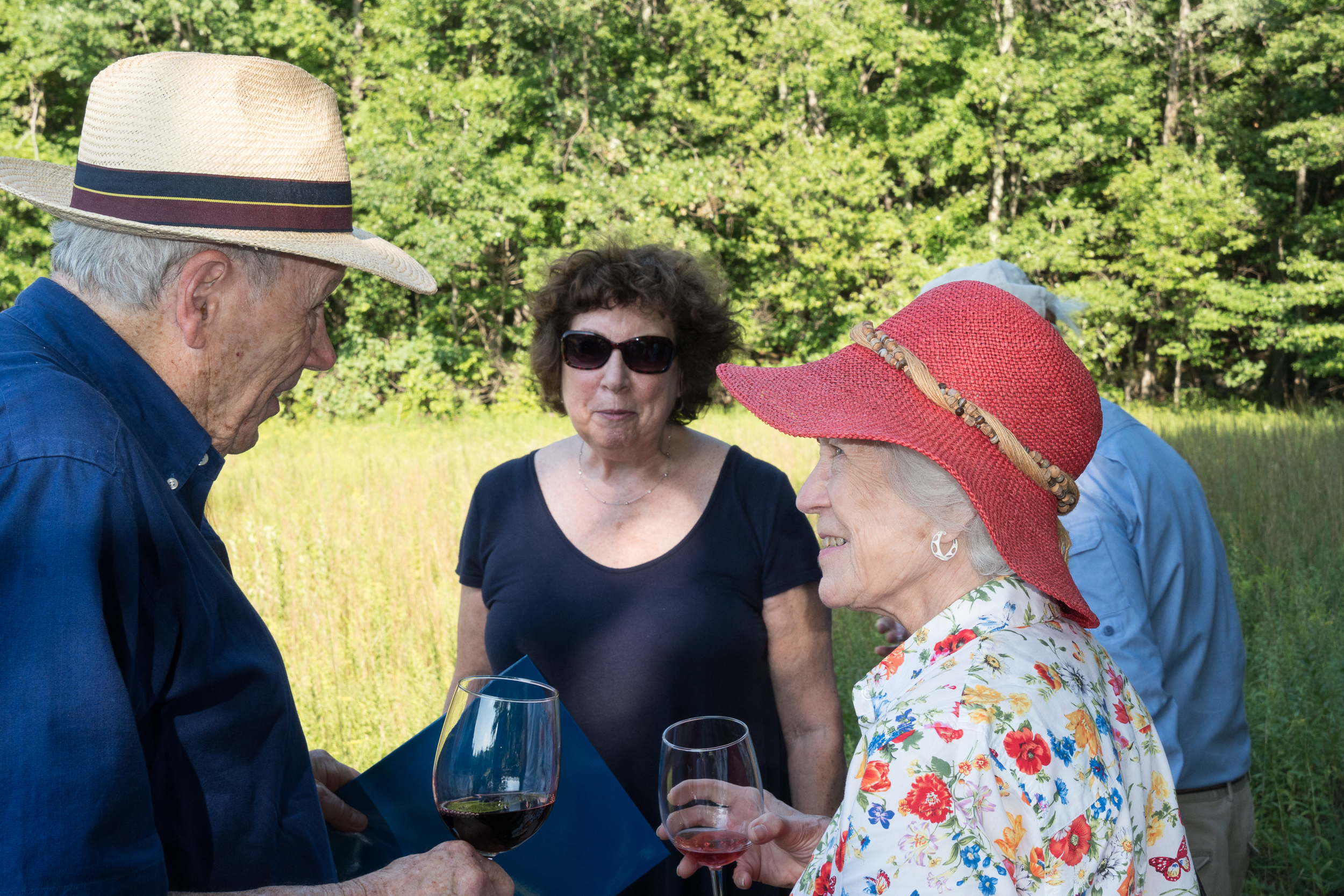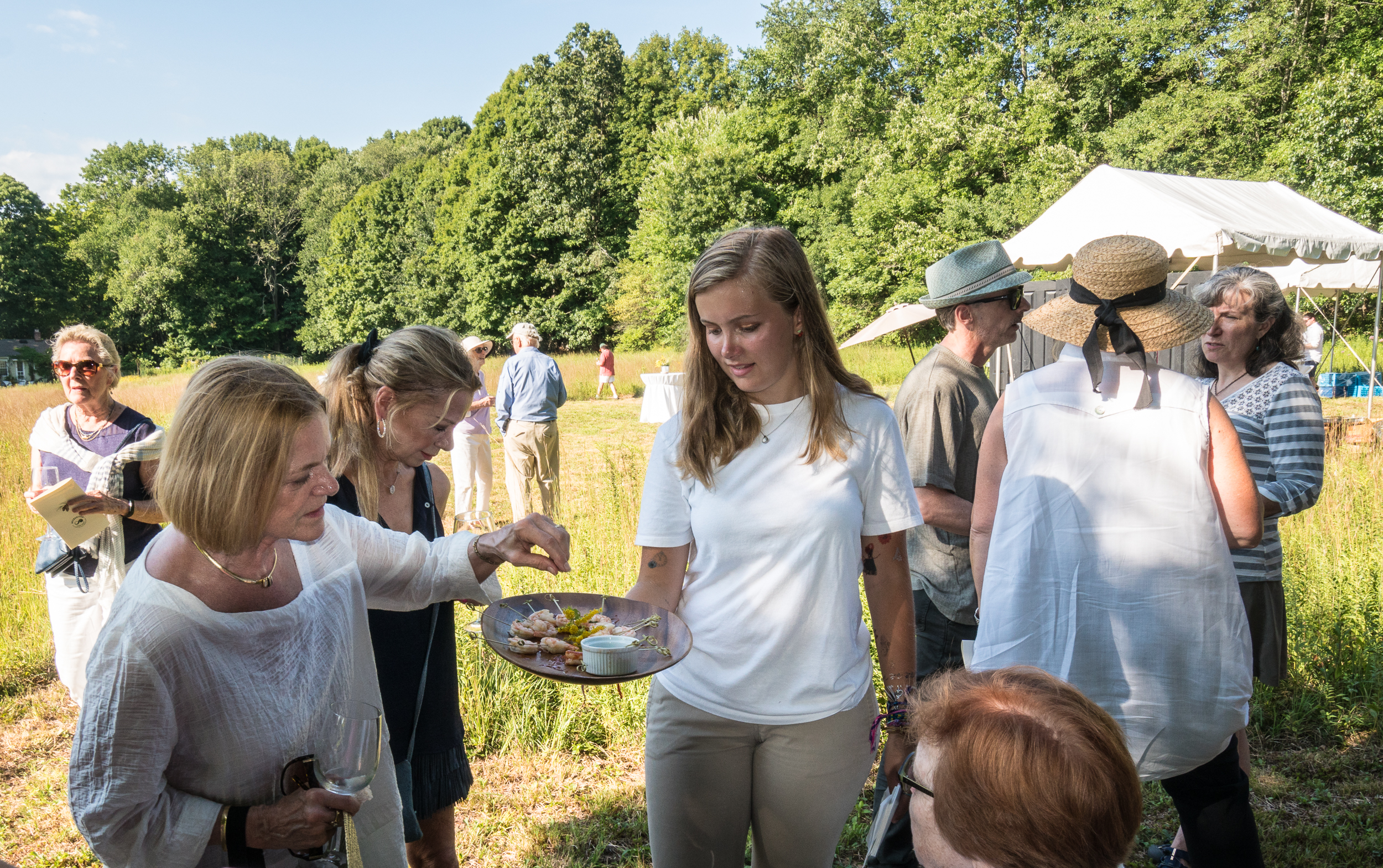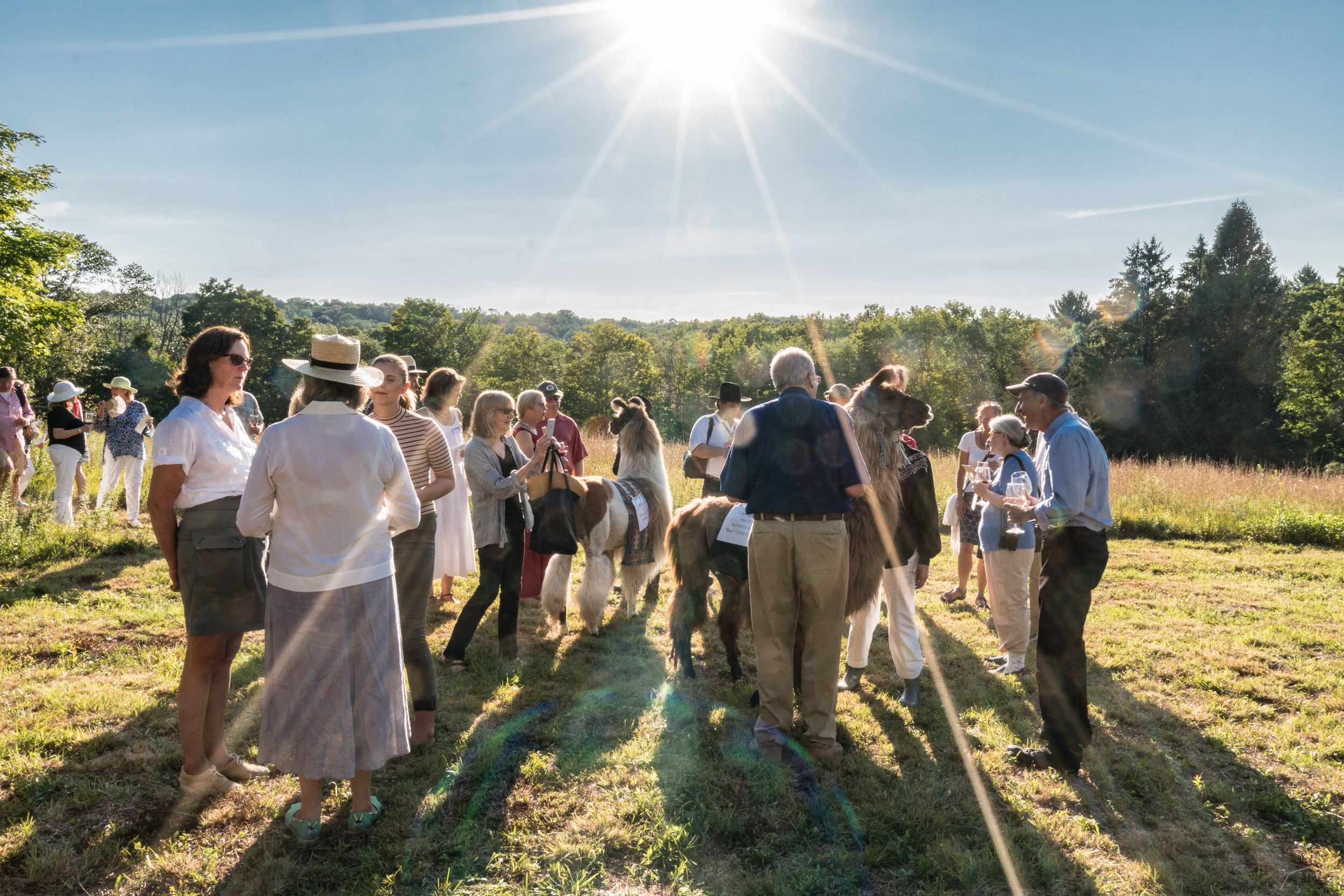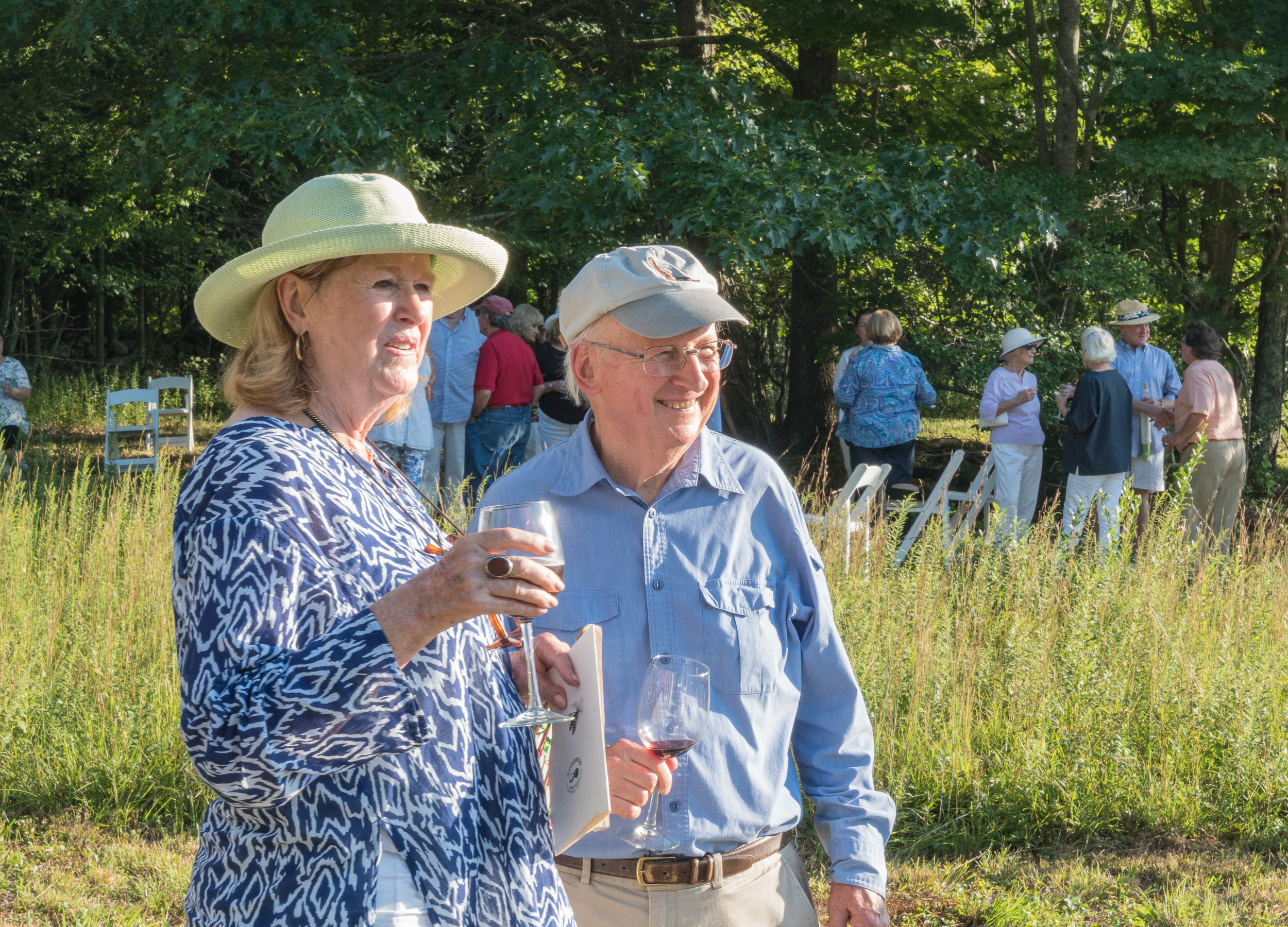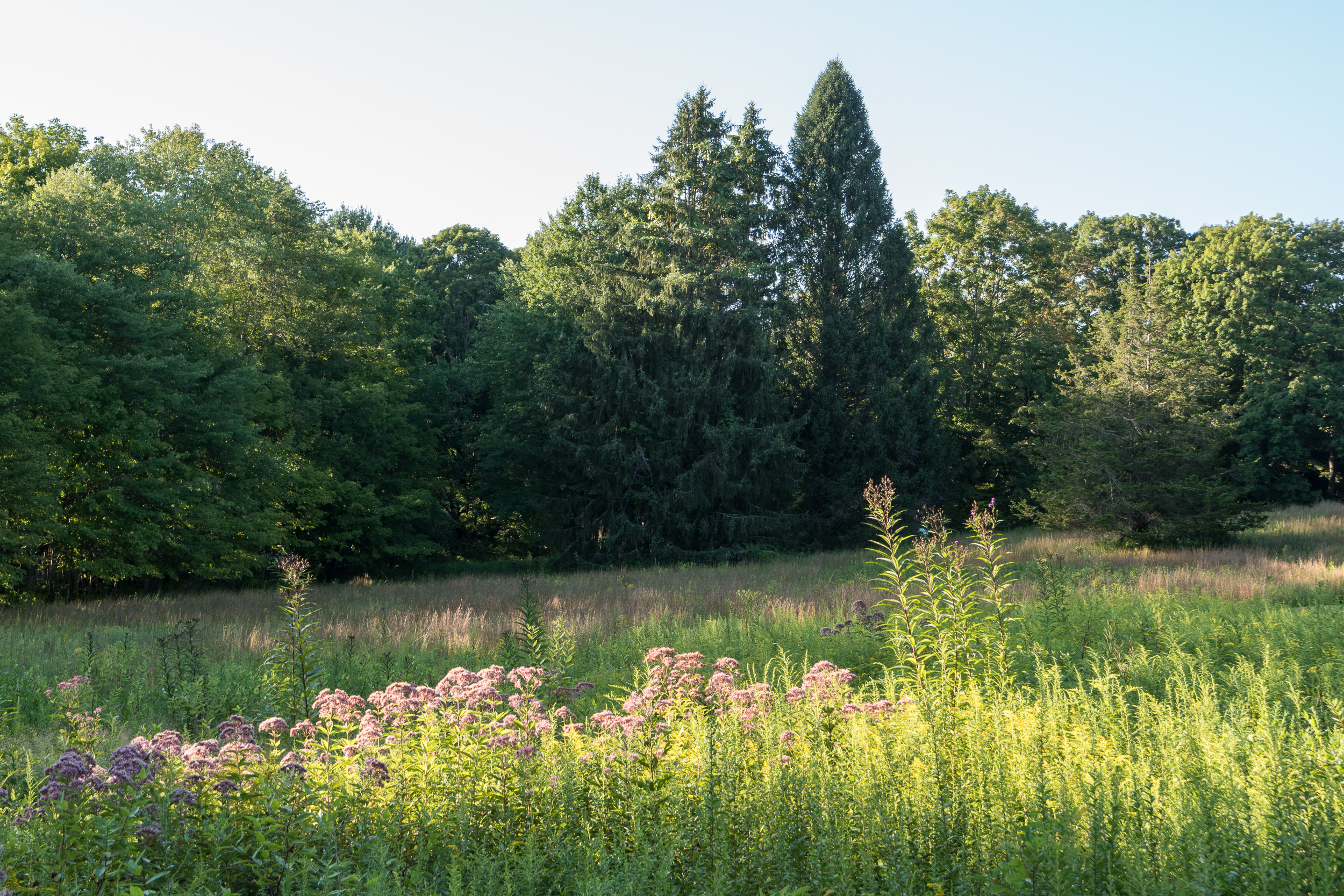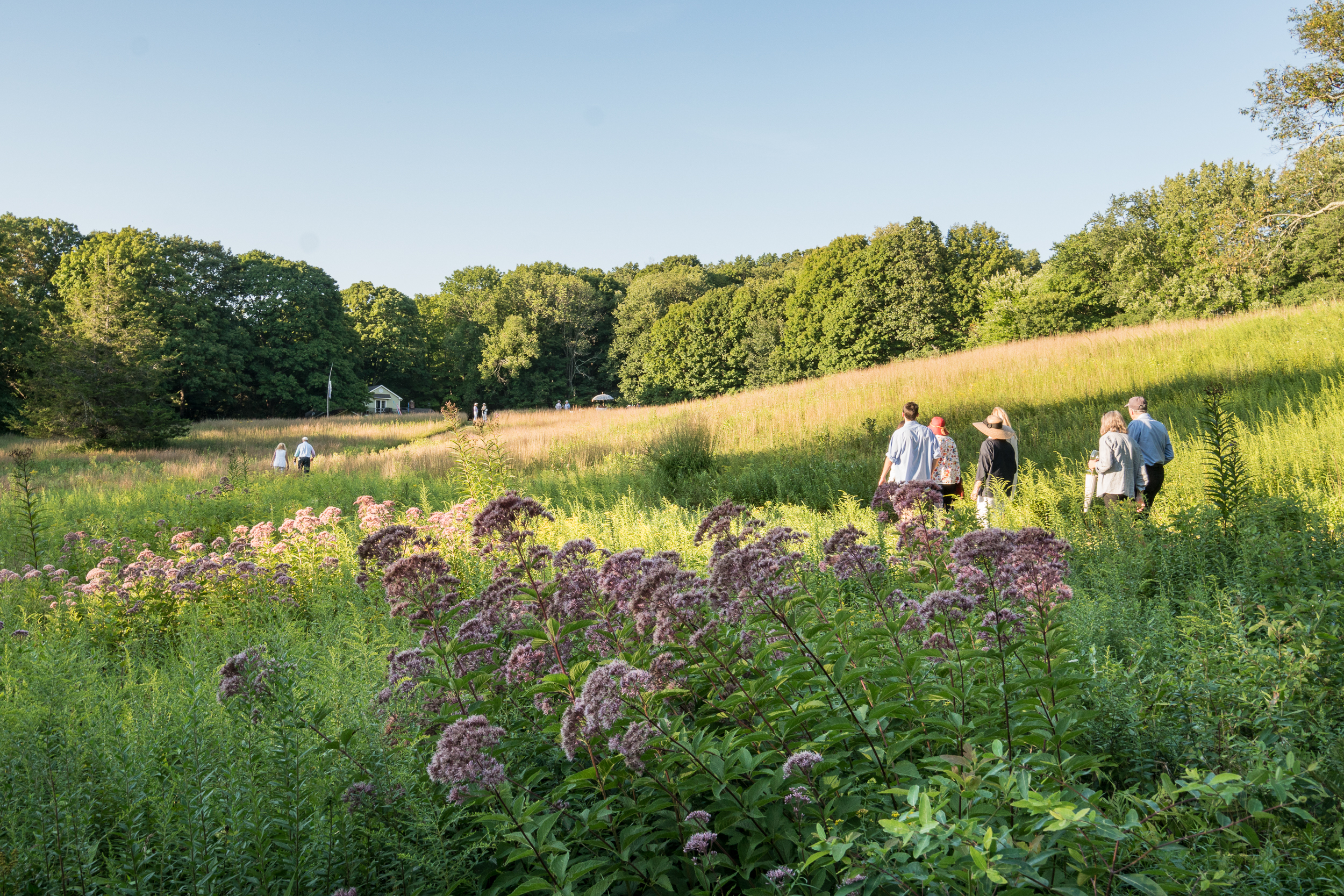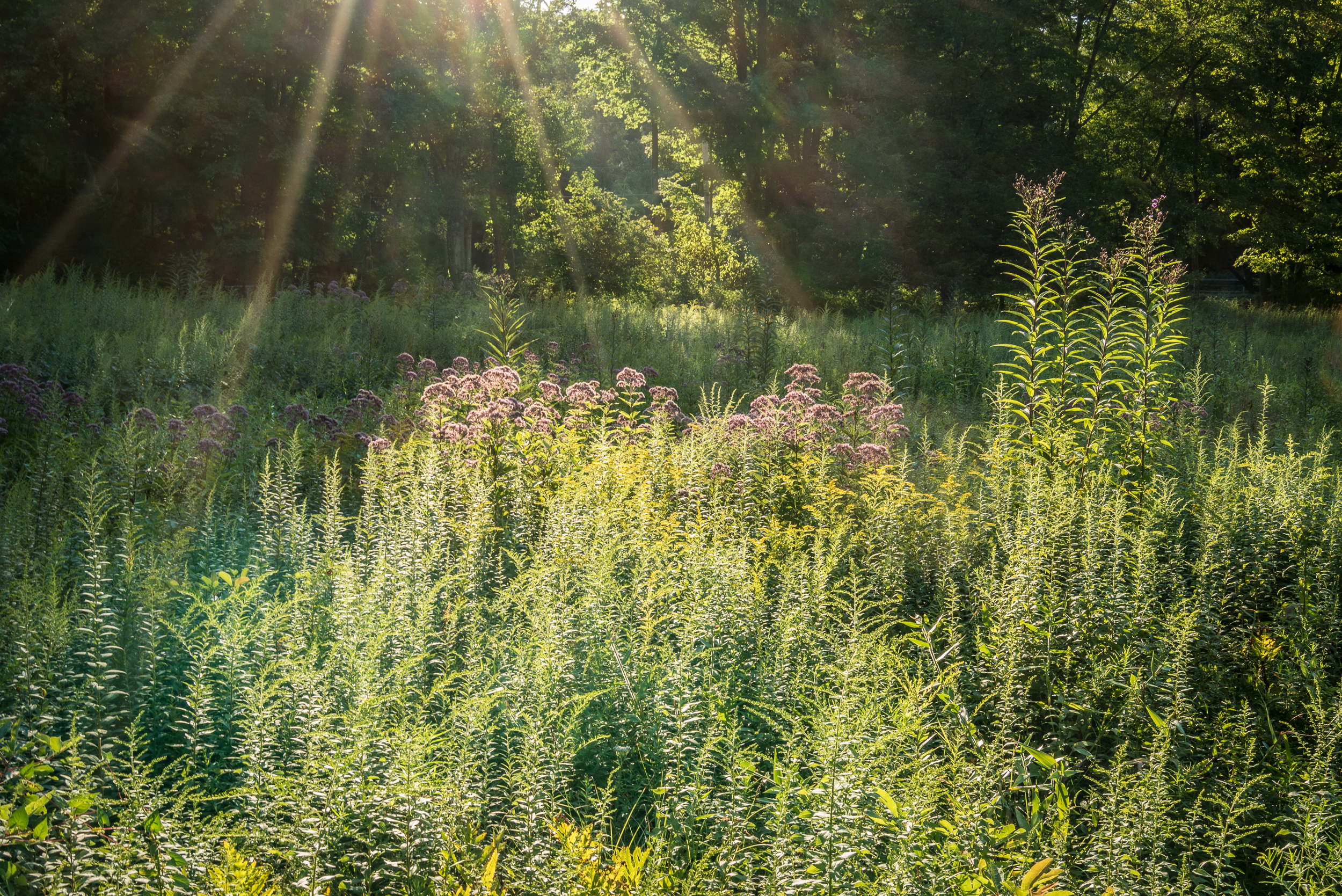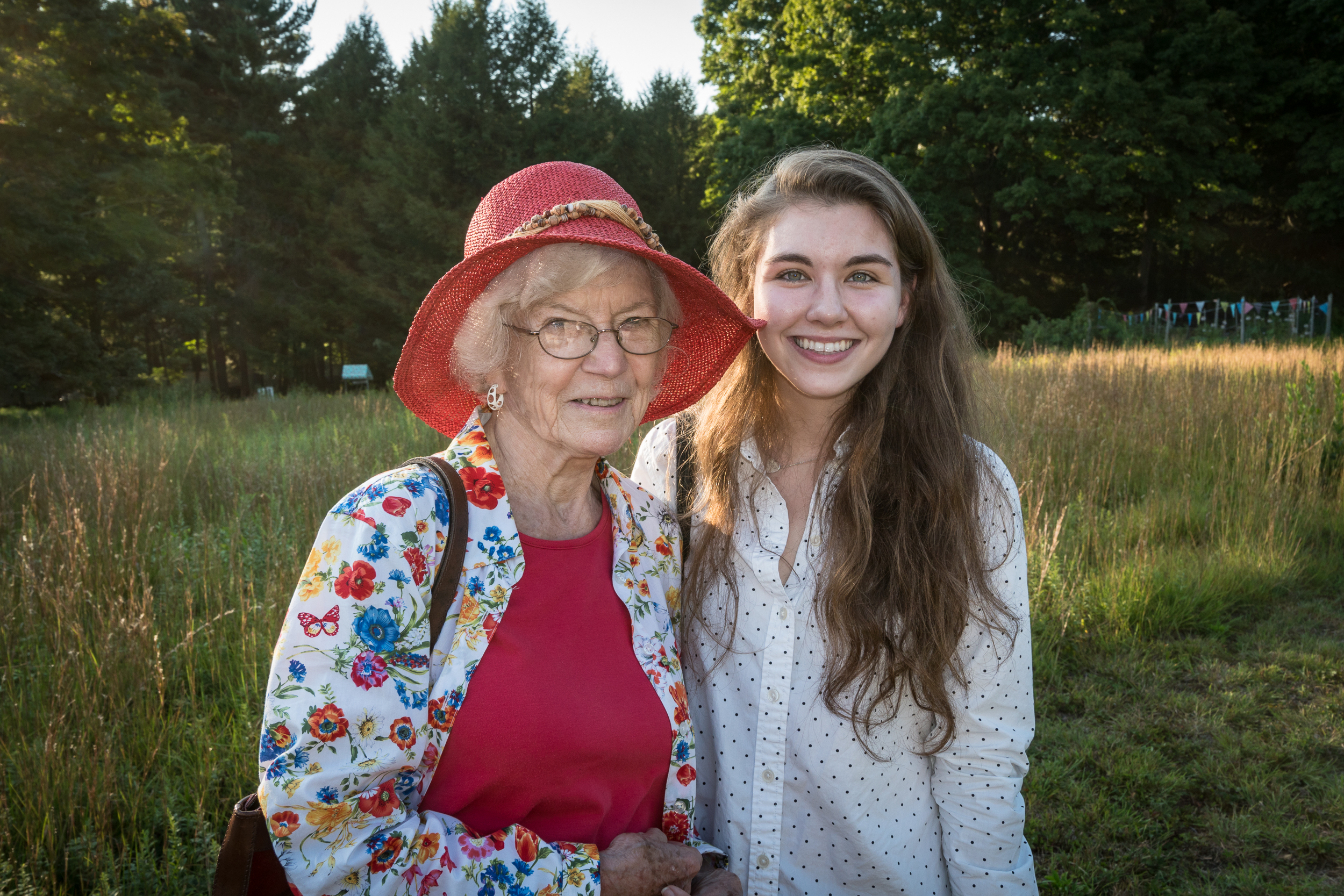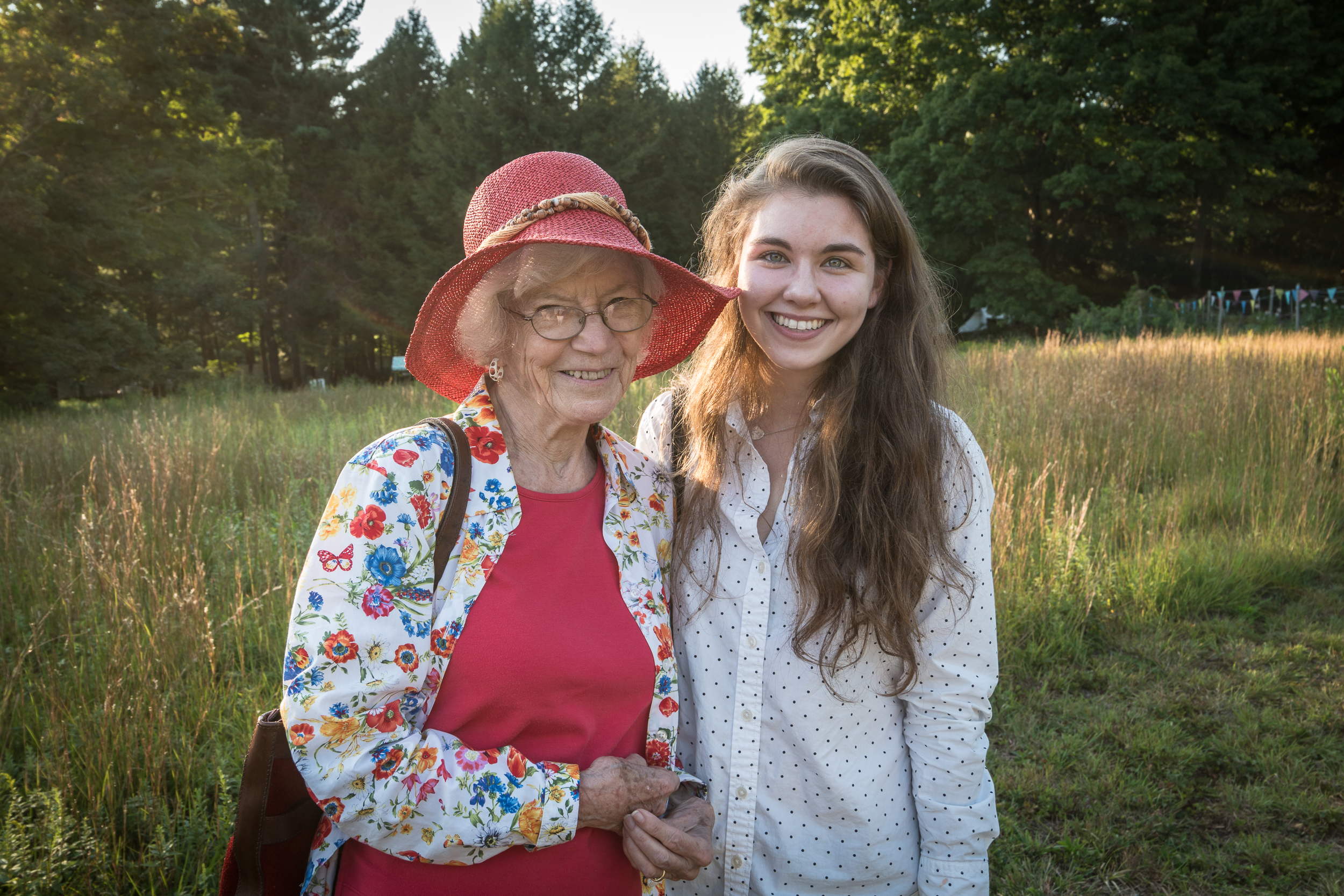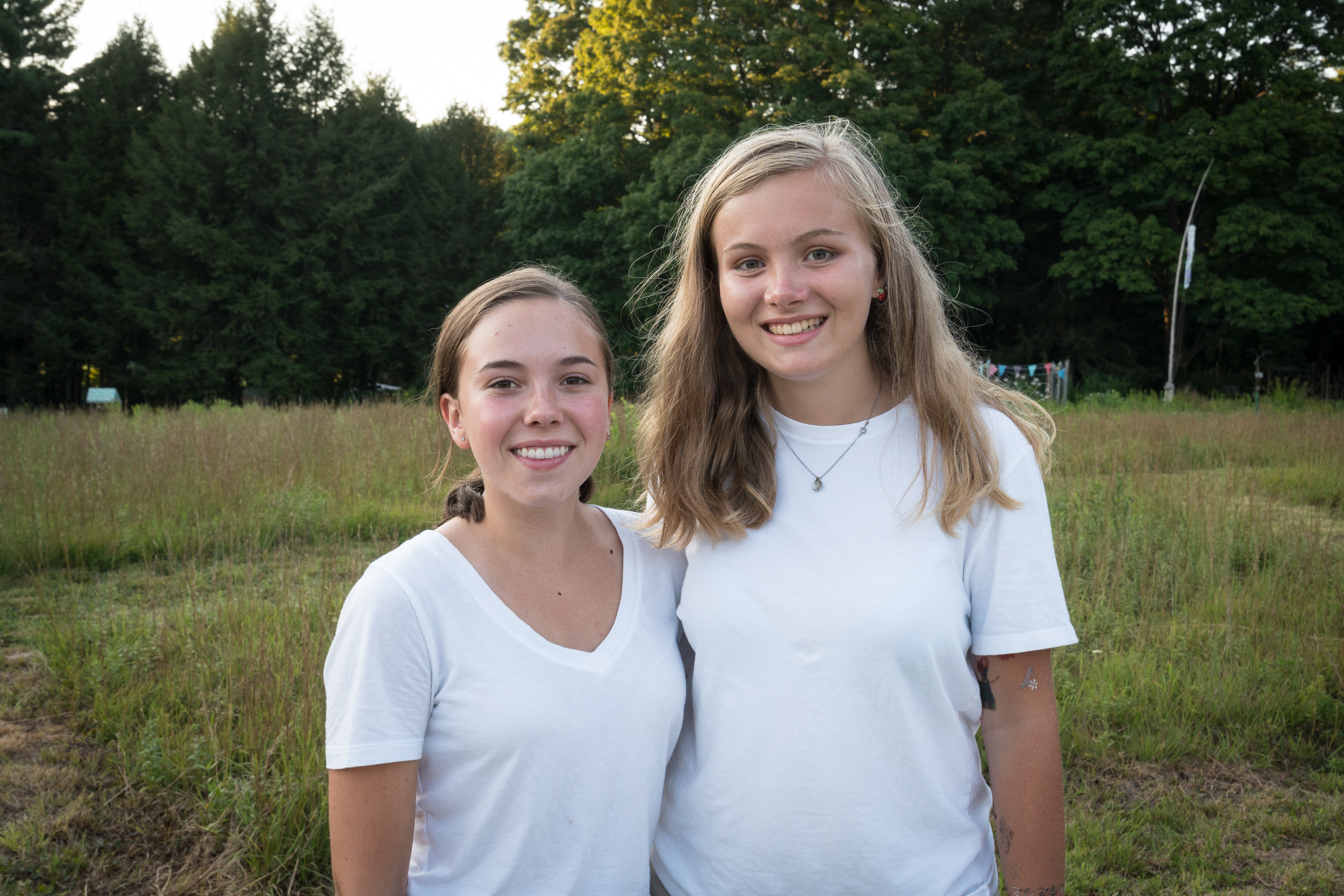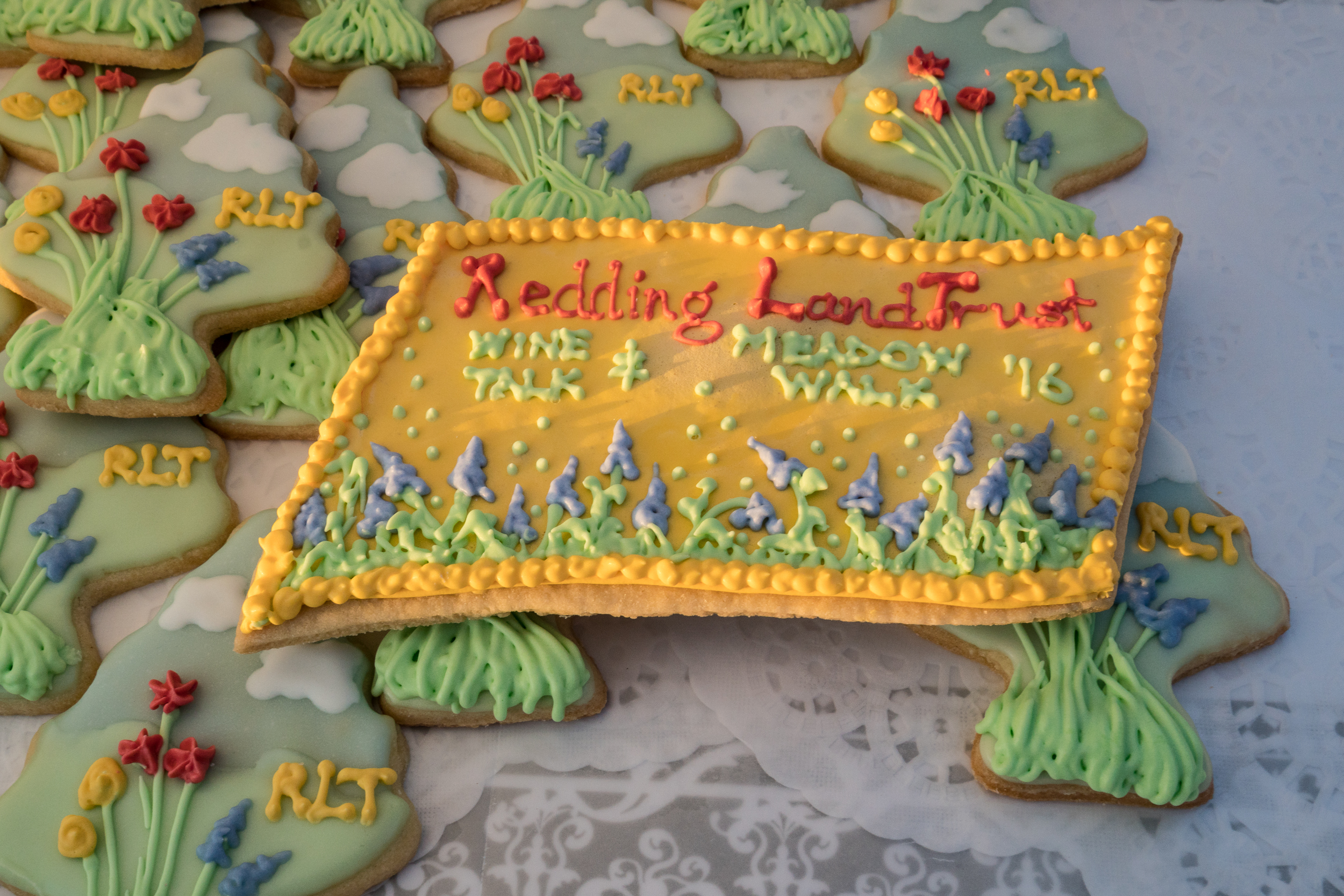A good 200 feet below me stood the Saugatuck reservoir in all its glory. The view stretched on for miles, over rolling wooded hills and dotted islands. But the most amazing thing was, aside from a church steeple way off in the distance, there was absolutely no sign of human influence.
When explaining the difference between the Redding and Weston “Great Ledge” system, the book of Trails said it best.
“Alas, folks down [in Weston] have historically called their part of the ‘scarp “The Great Ledge” too. An impartial observer, however, would have to concede that, based on the quality of the view, Redding’s half is by far the greater. Therefor, with apologies to our neighbors South of the Border, we have arranged our signs and maps to celebrate this territorial superiority. Ours is The Great Ledge. Theirs is the Ledge. Go in peace.”
Indeed, the Great Ledge had much to offer. And it is only one trail of over 60 miles of trail systems in an expanse of over 1700 acres. Whether you are a hiker, biker, horseback rider, fisher, baker, candlestick maker, and yes, even birdwatcher, the trails have something for you.
And what’s more, each trail system has a rich and unique history behind it, revealing its own story of Redding’s past.
Gallows Hill
One such system, Gallows Hill, has a story particularly worth mentioning. It had received its name due to an event that occurred on February 16, 1779.
According to one account, General Israel Putnam of the Continental Army had been experiencing an ongoing problem of British spies breaking through his ranks and relaying confidential information to the enemy. In an attempt to solve the problem, he decided to make an example of the next spies they caught.
Soon enough, two such alleged spies, Edward Jones and John Smith, were indeed captured. They were imprisoned in a saltbox house on Umpawaug Hill until their execution.
When the fateful day arrived, Jones was taken about a mile-and-a-half from the campsite where he was captured. There stood a 20-foot ladder leading to a noose.
General Putnam ordered for him to climb the ladder, and when he was in position, for it to be kicked down.
Smith faced a different fate. He was dragged about 20 yards from where Jones was hanging, where a firing squad unloaded 23 musket balls into him from nearly point-blank range. The shooting was so intense that as he lay on the ground, his clothes caught on fire.
Both bodies were left out on display for soldiers to view as they walked by, acting as a reminder of what could happen if they chose to betray their fellow men.
Stormfield
On the lighter side of history, Redding has such reserves as Stormfield, where renowned writer and humorist Samuel L. Clemens (Mark Twain) settled down in an Italian-style villa designed for him by the son of his lifelong friend. It would be the last place he called home before his death in 1910.
Clemens chose Redding specifically for its remoteness. He admired the fact that it had maintained its original rural splendor despite being so close to New York.
Upon his arrival in 1908, he was asked by the New York Times his thoughts on his new home in Stromfield.
“It is the most out of the world and peaceful and tranquil and in every way satisfactory home I have had experience of in my life,” he said. “It is charmingly quiet here. The house stands alone, with nothing in sight but woodsy hills and rolling country.”
However, just three months after he arrived, Clemens’ home was robbed. Charles Hoffman and Henry Williams entered the house through an unlocked kitchen window one night and escaped with an English serving table filled with silverware.
A search party led by Deputy Sheriff George Banks began tracking the men, noting their distinct footprints. They eventually found the serving table, but the silverware was still missing.
Continuing their hunt, they came to the Bethel train depot, where they found two men who met the description.
When they realized they were caught, one of the men jumped out of the moving train while the other tried to fight back. Luckily, both were apprehended and put on trial, and the silverware was returned.
After the encounter, Clemens put this notice up on his front door for anyone planning to follow in Hoffman’s and Williams’ footsteps:
“There is nothing but plated ware in the house now and henceforth. You will find it in that brass thing in the dining room over in the corner by the basket of kittens. If you want the basket, put the kittens in the brass thing. Do not make any noise, it disturbs the family. You will find rubbers in the front hall by that thing that has the umbrellas in it. Chiffonier I think they call it, a pegola, or something like that. Please close the door. -Yours truly, S.L. Clemens.”
Today, the original house no longer stands, as it had burned down several years after Clemens’ death. But Stormfield still remains as a preserved area with over 160 acres and 4 miles of hiking trails, each named after a different book that Mark Twain had written.
Stay tuned next week for part two of a look at Redding’s trail systems, where Pilot Intern Trevor Lilly will let you know how to get involved in the trails system, and why you should.















